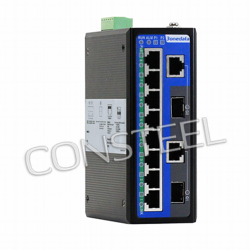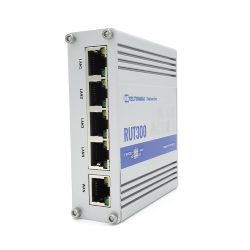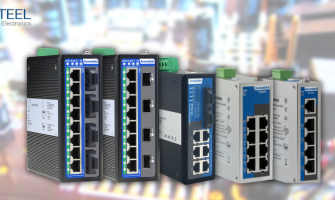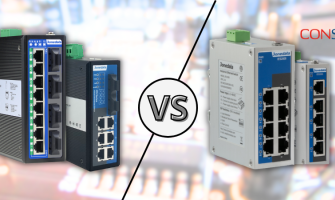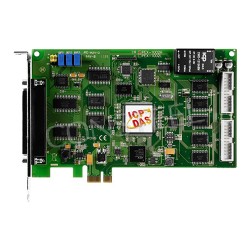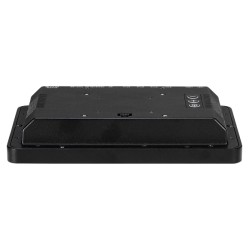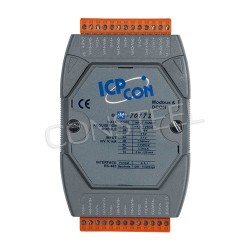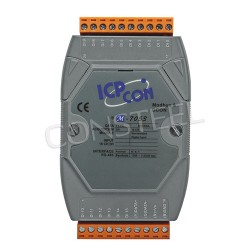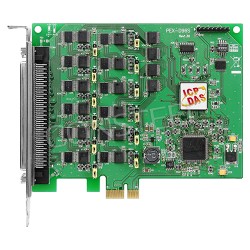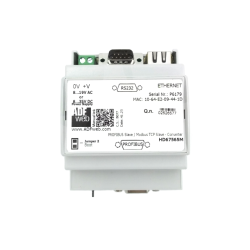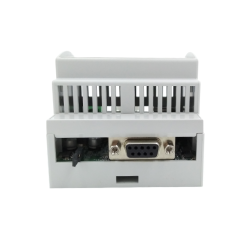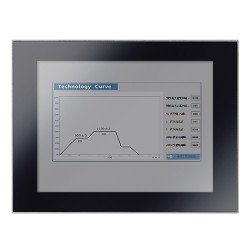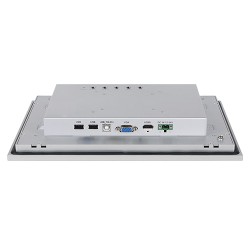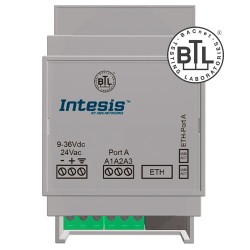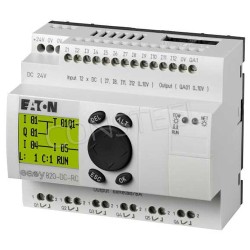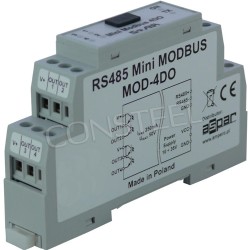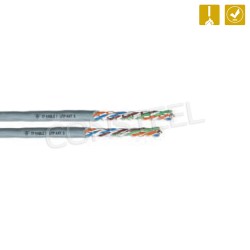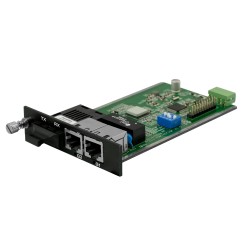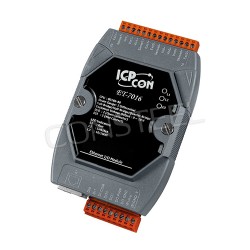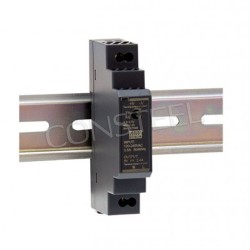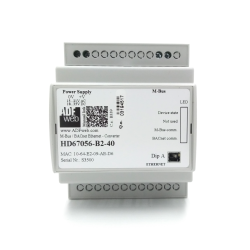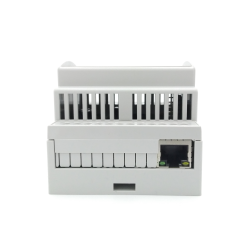Does the switch share speed? Understanding network switches and their impact on network performance
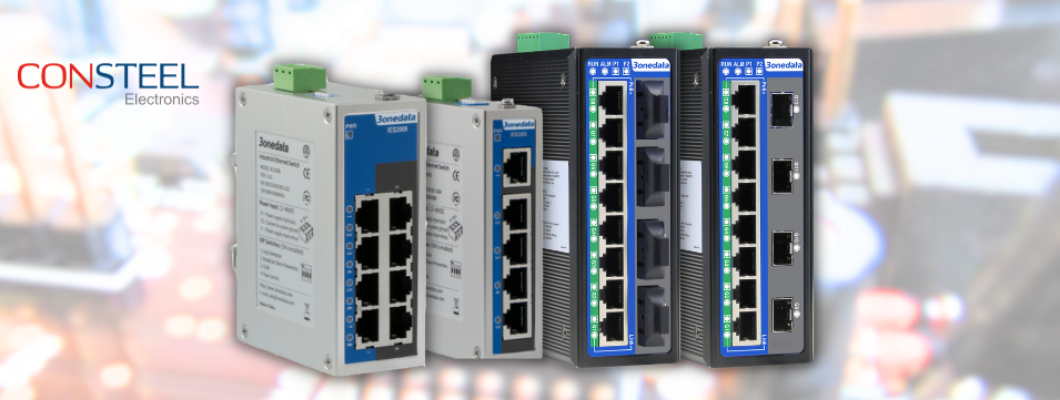
In the field of networking, the term network switch plays a key role. Network switches are essential devices in both home and corporate environments that enable communication between various devices on a network. A common question is whether the switch shares the speed between connected devices. This article details the mechanics of network switches, their types, and how they handle data traffic, ultimately addressing the question of whether and how switches share speed.
What is a network switch - basic information
Network switches are devices that connect multiple devices (such as computers, printers, and servers) on a local area network (LAN) and use MAC addresses to forward data to the correct destination. Unlike hubs, which transmit data to all connected devices, switches only send data to the device that needs it, improving network performance and efficiency.
The role of a network switch
Switches operate at the data link layer (layer 2) of the OSI model and use MAC addresses to determine the destination of data packets. By maintaining a table of MAC addresses, switches can intelligently route traffic, ensuring that data reaches its intended recipient without unnecessary dispersion.
Performance: Switches reduce collisions and improve overall network performance by creating separate collision domains for each connected device.
Scalability: enable easy network expansion by adding more devices without significant performance degradation.
Security: By segmenting network traffic, switches can increase security because data is not transmitted indiscriminately.
Network switch and its types
To understand whether network switches share a common speed, it is necessary to distinguish between different types of switches and their functionalities.
Unmanaged network switches
Network switches otherwise unmanaged unmanaged switches are basic devices that provide simple connectivity without any advanced functions and configuration options. They are typically used in small networks where ease of use and low cost are a priority.
Plug and Play Switches: These network switches work right out of the box, requiring no configuration.
Switches with fixed configuration: have a predetermined number of ports and cannot change settings or prioritize traffic.
Managed network switches
Managed network switches (managed switches) provide greater control and flexibility by enabling network administrators to configure, manage and monitor networks. They are commonly used in larger and more complex networks.
VLANs (Virtual LANs): Managed switches support VLANs, enabling network segmentation to improve performance and security.
Quality of Service (QoS): Switches with this feature can prioritize traffic to ensure that critical data such as VoIP or video conferencing receives the necessary bandwidth.
Monitoring and Troubleshooting: Managed switches (managed switches) provide network monitoring, diagnostics, and troubleshooting tools.
Layer 3 switches
Layer 3 switches, also called multilayer switches, combine the functionality of switches and routers. They operate at both the data link layer (layer 2) and the network layer (layer 3), allowing traffic to be routed between different subnets.
Routing Capabilities: These switches can perform IP routing, making them suitable for larger networks with multiple subnets.
Enhanced Traffic Management: Offers advanced features to manage and direct traffic more efficiently.
How a network switch handles traffic
To understandif a switch is speed-sharingwe need to delve into how they handle and manage data traffic.
Switching mechanisms
Network switches use various mechanisms to efficiently handle data traffic, such as:
Storing and Forwarding: The network switch receives the entire data packet, checks it for errors, and then forwards it to the destination. This method ensures data integrity, but may introduce slight delays.
Cut-Through: the network switch starts forwarding the packet as soon as it reads the destination address, which reduces latency, but potentially forwards corrupted packets.
No fragments: A trade-off between store-forwarding and slicing. This method checks the first 64 bytes of the packet (where most errors occur) before transmitting it.
Bandwidth allocation
Network switches operate on a concept known as "backplane" or "switch fabric", which determines the maximum amount of data that a switch can simultaneously handle. The capacity of the backplane is usually higher than the sum of the speeds of all the ports, which ensures that the switch can handle multiple data streams simultaneously without significant performance degradation.
Dedicated Bandwidth: Each port on a network switch typically has dedicated bandwidth, which means that devices connected to different ports do not share bandwidth.
Full duplex mode: Modern network switches operate in full duplex mode, allowing data to be sent and received simultaneously on each port, effectively doubling the available bandwidth.
Does the switch share speed?
The question of whether a switch shares speed can be complex and depends on a variety of factors, including the type of switch, its configuration, and the network environment.
Unmanaged and managed network switches
Unmanaged network switches, although simpler, do not have traffic management or prioritization mechanisms. In a heavily loaded network, this can lead to congestion and a drop in performance of all connected devices. However, each port still has dedicated bandwidth.
On the other hand, managed switches (managed switches) can be configured to prioritize traffic, create VLANs, and manage bandwidth more efficiently. This ensures that critical applications receive the necessary bandwidth, even in congested networks.
Bandwidth conflict
Although network switches provide dedicated bandwidth for each port, they can still cause contention under certain conditions:
High traffic: if multiple devices simultaneously require more bandwidth than the network switch backplane can handle, performance may suffer.
Common uplink: in scenarios where multiple network switches are interconnected, uplink ports (connections between switches) can become bottlenecks if not properly equipped.
Quality of Service (QoS)
Managed network switches (Managed Switches) can implement quality of service (QoS) policies to prioritize specific types of traffic, ensuring that essential applications (e.g. VoIP, streaming) receive adequate bandwidth even during peak loads.
Traffic prioritization: by assigning higher priority to critical traffic, network switches can more effectively manage bandwidth and minimize the impact of congestion on important applications.
Bandwidth management: QoS settings can limit the bandwidth available to non-critical applications, ensuring optimal performance of key services.
Real-world scenarios and considerations
To better understand how network switches manage speed and throughput, let's analyze some real-world scenarios and considerations.
Home networks
In a typical home network, an unmanaged switch is often sufficient. Most home users do not experience significant conflicts because the number of connected devices and data traffic are relatively low. However, as smart home devices and bandwidth-intensive applications (e.g. streaming, gaming) become more common, managing bandwidth may become more important.
Streaming & Gaming: High-definition streaming and online gaming can consume significant bandwidth. Providing these applications with adequate bandwidth may require upgrading to a managed switch, e.g. RUT300 or implementing QoS settings on the router.
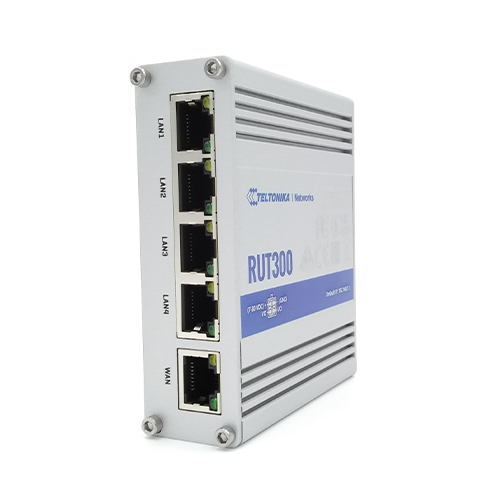
Smart home devices: the proliferation of smart home devices (e.g. cameras, sensors) can increase network traffic. A managed network switch can help segment and prioritize traffic to maintain optimal performance. Additionally equipped with PoE ports, it will allow you to reduce the amount of cabling and power the cameras directly through the PoE ports, just like a managed switch IES6210-4P2GC.
Small and medium companies
In small and medium-sized business environments, network requirements are higher and the risk of bandwidth contention increases. Managed switches are typically preferred for their ability to prioritize traffic, create VLANs, and manage bandwidth.
VoIP and video conferencing: these applications require low latency and constant throughput. QoS settings on managed switches can ensure high performance of these services.
Guest networks: creating separate VLANs for guest networks can prevent them from impacting the performance of critical business applications.
Large enterprises
Large enterprises have complex network infrastructures with high traffic volumes and a variety of applications. Layer 3 switches and managed network switches are essential to maintaining network performance and reliability.
Data centers: in data centers, switches handle massive data traffic. High-capacity backplanes and advanced traffic management features are key to ensuring efficiency and minimizing delays.
Branches: connecting branches requires effective routing and traffic management. Layer 3 network switches can route traffic between different subnets and prioritize critical applications.
Advanced features and innovations in network switches
As networking technology evolves, network switches continue to include advanced features and innovations that improve performance, security, and manageability.
Software-Defined Networking (SDN)
SDN is an emerging paradigm that separates the control plane (which makes decisions about where traffic is sent) from the data plane (which actually forwards the traffic). SDN allows for centralized management and dynamic adjustment of network resources.
Centralized control: SDN controllers can manage multiple network switches and dynamically adjust traffic flow based on network conditions and application requirements.
Greater flexibility: SDN enables more flexible and efficient use of network resources, improving overall performance and reducing congestion.
Network automation and orchestration
Automation and orchestration tools simplify network management by enabling administrators to more efficiently deploy, configure, and monitor network switches.
Automatic sharing: automating network switch deployment and configuration reduces the risk of human error and ensures consistent settings across the network.
Principles-based management: orchestration tools enable policy-based management, enabling administrators to define and enforce network policies that prioritize critical applications and effectively manage bandwidth.
Security improvements
Modern network switches include advanced security features to protect network resources and data.
Access Control Lists (ACL): ACLs can restrict access to network resources based on IP addresses, MAC addresses, and other criteria, improving security.
Network Access Control (NAC): NAC solutions ensure that only authorized devices can connect to the network, preventing unauthorized access and reducing the risk of security breaches.
Optimize network performance with network switches
In summary, whether a switch shares speeddepends on various factors, including the type of network switch, its configuration, and the network environment. Although each switch port typically has dedicated bandwidth, high traffic and shared uplinks can lead to contention and performance degradation.
With advanced features such as QoS, VLANs, and traffic prioritization, managed switches provide greater control over bandwidth allocation and can help ensure that critical applications receive the resources they need. With the development of network technologies, innovations appear, but to have control over how the speed is shared by the switch, you should always choose managed network switches.













